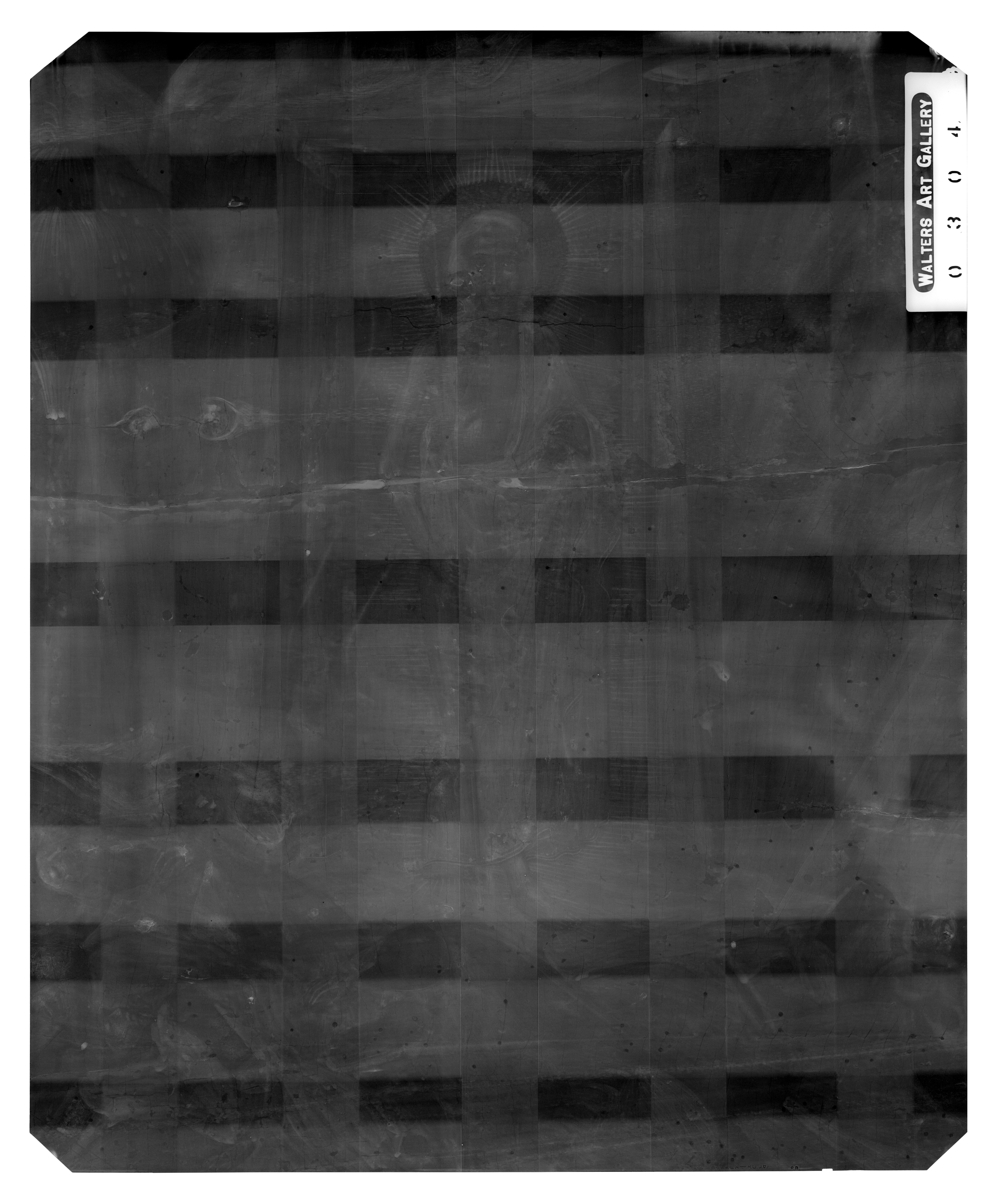The Resurrection
(Medieval Europe )
The depiction of Christ's tomb as a cave appears repeatedly in Italian art of the 14th and early 15th centuries. Here, a glimpse into the cave reveals Christ's marble sarcophagus, now empty. Framed by the shadowy void of the tomb's entrance, the resurrected Christ, emitting rays of light, emerges triumphantly from the darkness. This scene was the last in a series of five predella panels (paintings on the base of an altarpiece) illustrating episodes from the Passion of Christ. The sequence, which can be reconstructed from surviving panels now in other collections, included the Betrayal of Judas, the Way to Calvary, the Crucifixion, and the Lamentation, and concluded with this panel of the Resurrection.
Provenance
Provenance (from the French provenir, 'to come from/forth') is the chronology of the ownership, custody, or location of a historical object. Learn more about provenance at the Walters.
Don Marcello Massarenti Collection, Rome [date and mode of acquisition unknown] [1897 catalogue: no. 51, as Uccello]; Henry Walters, Baltimore, 1902, by purchase; Walters Art Museum, 1931, by bequest.
Geographies
Italy, Siena (Place of Origin)
Measurements
Painted surface H: 20 13/16 x W: 18 11/16 x D: 1/4 in. (52.8 x 47.5 x 0.7 cm)
Credit Line
Acquired by Henry Walters with the Massarenti Collection, 1902
Location in Museum
Not on view
Accession Number
In libraries, galleries, museums, and archives, an accession number is a unique identifier assigned to each object in the collection.
In libraries, galleries, museums, and archives, an accession number is a unique identifier assigned to each object in the collection.
37.741






